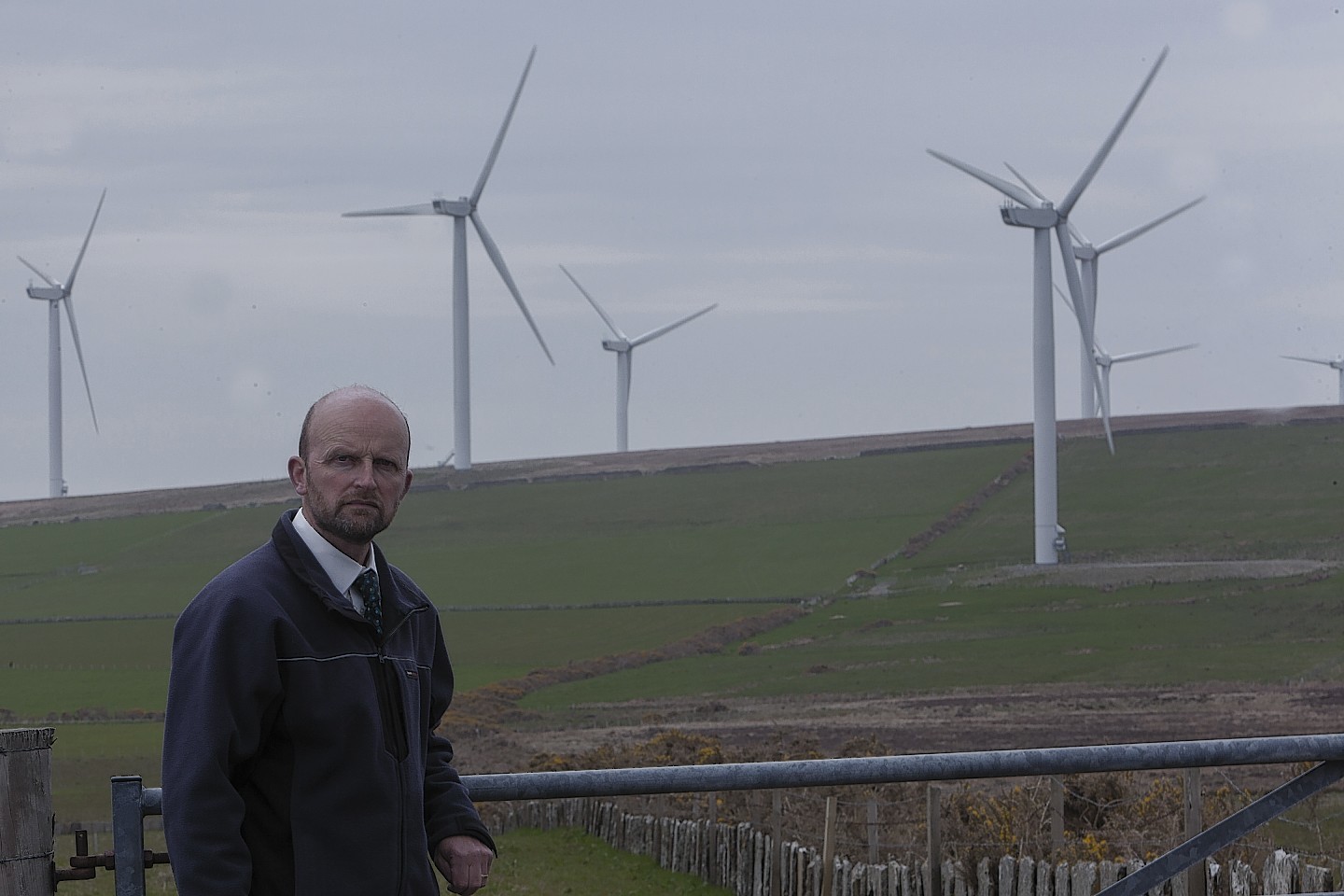Wind farm opposition groups across the north fear temporary changes in planning legislation will play into the hands of ‘unscrupulous developers’.
Under the Coronavirus (Scotland) Act developers no longer have to mount public exhibitions of their plans, or make them available for physical inspection in places like libraries, services, and council offices due to the “significant risk of transmission of coronavirus”.
Instead the documents are to be made available online.
The move worries Sutherland group No Ring of Steel (Noros), formed to campaign against wind farm developments in the Rosehall area, near Lairg.
Noros chairman Ashley Smith said: “A large number of our local population are elderly and many do not have the technical knowledge to use the internet, and some do not have internet access or equipment.
“We have a very limited internet service locally, and with the current high usage rate from people working from home it has been rendered unusable.”
Mr Smith said another obstacle was how to print out the large files involved in planning documentation.
He said: “A small file can take all evening to download, how can files of that size be accessed?
“It would also be impractical for people to print the details off for those with no internet access to view, and under lockdown they could not visit another household to view via their internet facilities.”
Mr Smith added that Noros feels it is ‘immoral’ to expect local people to think about planning matters at a time when many are already struggling with the demands and impact of the current situation.
Windfarms in Caithness have been proliferating in recent years and local objectors said they too had concerns.
For Reay Area Windfarm Opposition Group and Caithness West Community Council, Jillian Bundy said: “I would hope our councillors can also ensure that the current situation does not allow developers to short circuit democracy any further.”
Brenda Herrick of Caithness Wind Information Forum said: “The trouble with the government is it has no idea what it’s like for those who live in remoter parts and they will now be completely excluded from the planning system.
“Putting developments on hold should be a universal rule until this situation is over.”
For Caithness councillor Matthew Reiss it is also a question of democratic process.
He said: “Windfarms are by far the biggest structures anywhere in the Highlands so there is no need to short-circuit the current procedure.”
Scotland Against Spin spokesman Graham Lang said developers should ‘do the decent thing’.
He said: “Online connectivity is quite different in Sutherland from Edinburgh and by not holding local public exhibitions the developer is denying the community their basic democratic right to engage in the Planning Process.
“Developers should do the decent thing and delay their application until consultation with the public affected by the development proposal can take place.”
Minister for Local Government, Housing and Planning Kevin Stewart said: “The continued operation of the planning system has an important role to play in supporting economic recovery during this period of uncertainty.
“That is why we have introduced measures that enable planning consultation and decision-taking to take place online or through virtual forums.
“However a balance needs to be struck between keeping plans and proposals moving, while ensuring effective engagement so that people still have an opportunity to get involved and influence developments that affect them.
“We have committed to preparing guidance setting out our expectations and good practice for online engagement, and will continue to work closely with heads of Planning Scotland and other stakeholders in taking this forward.”
